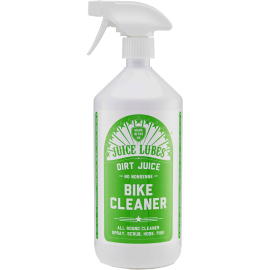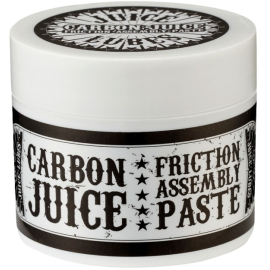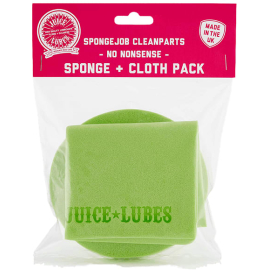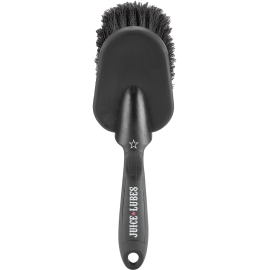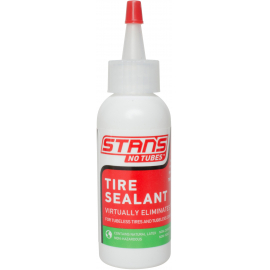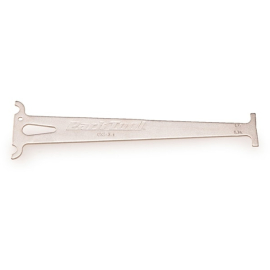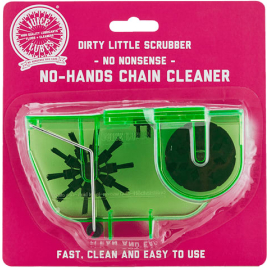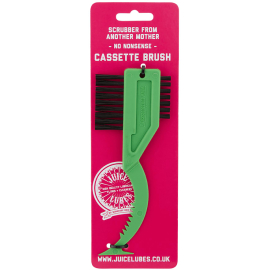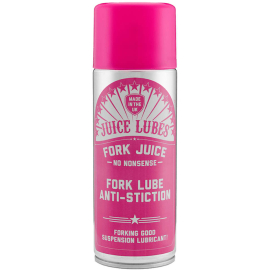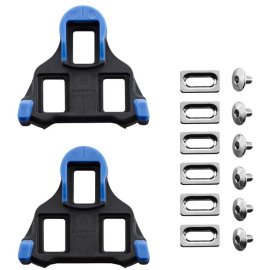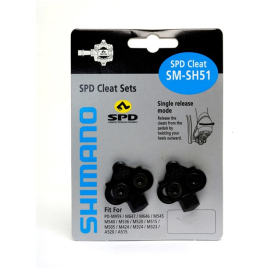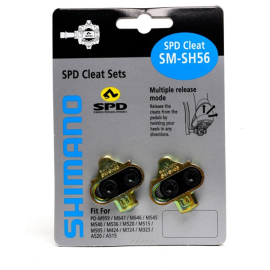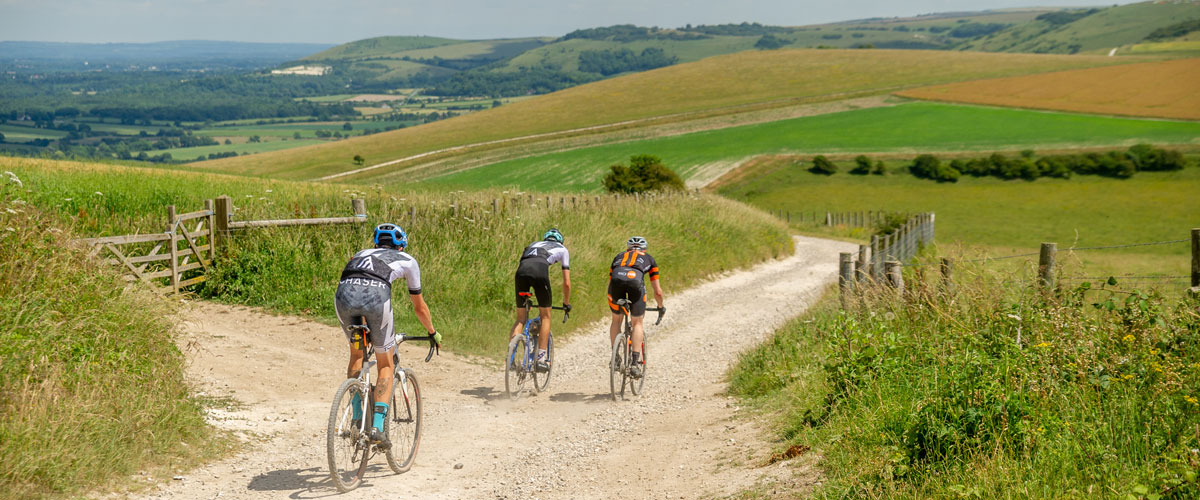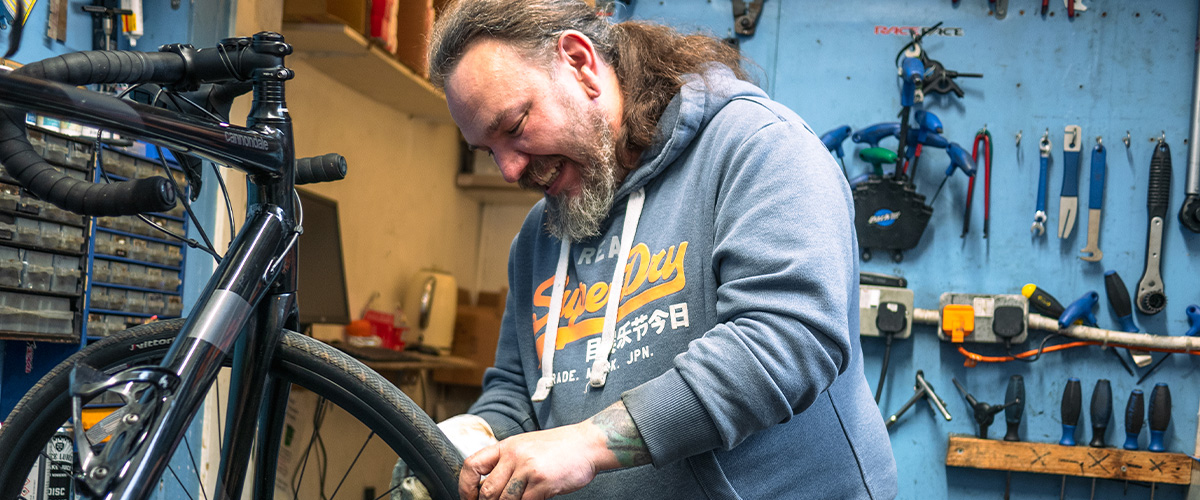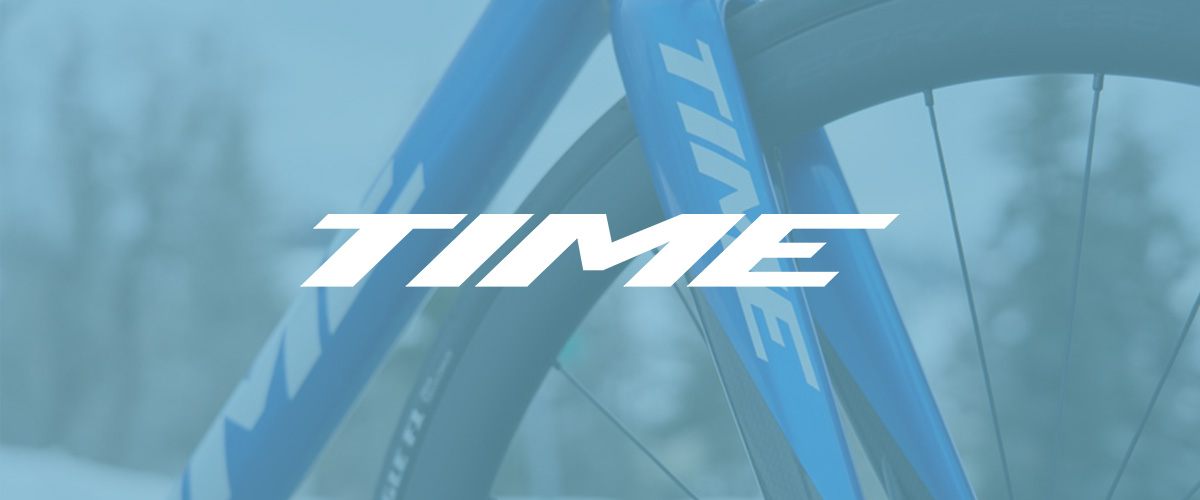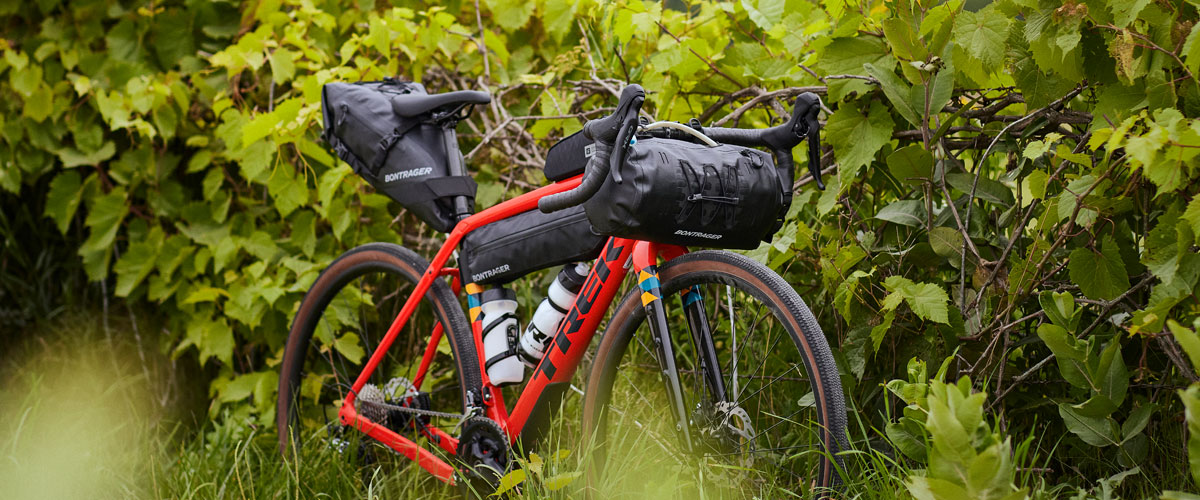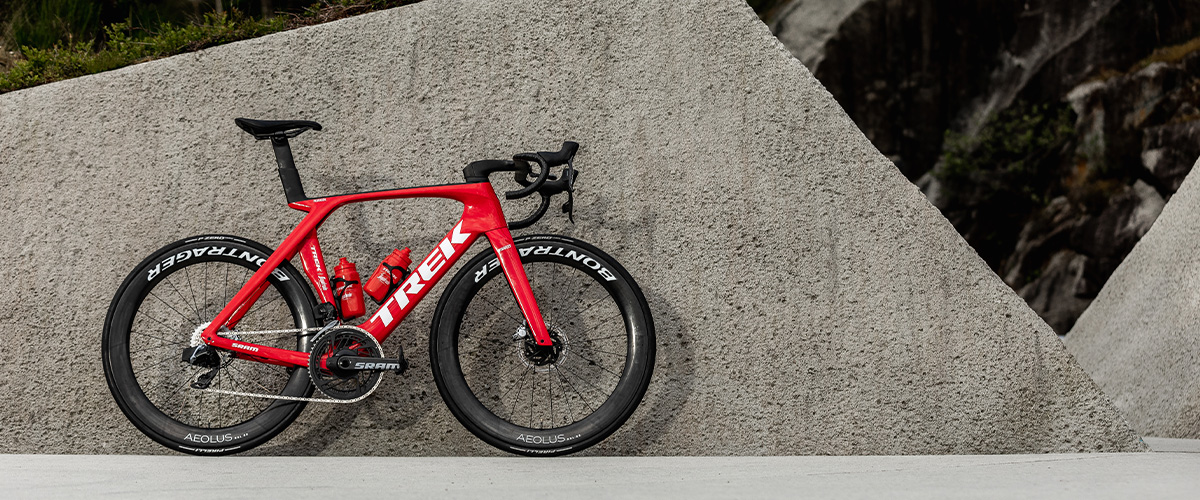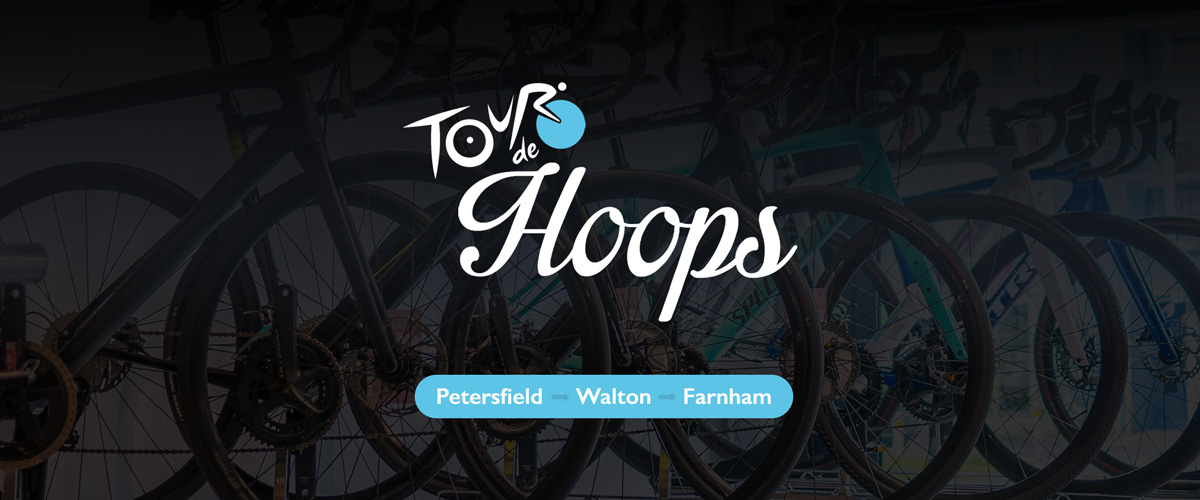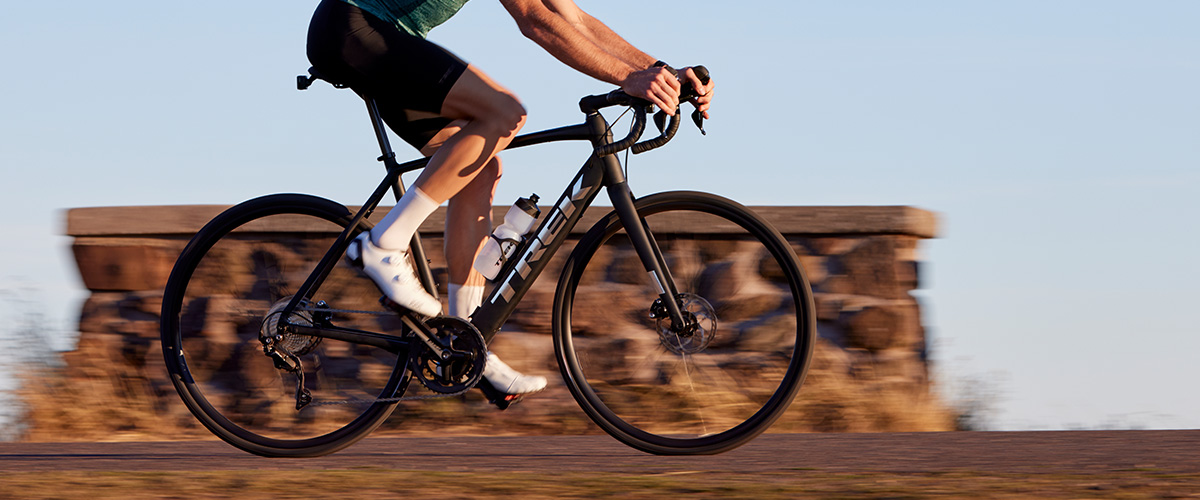Spring Cleaning: Post-Winter Bike Maintenance
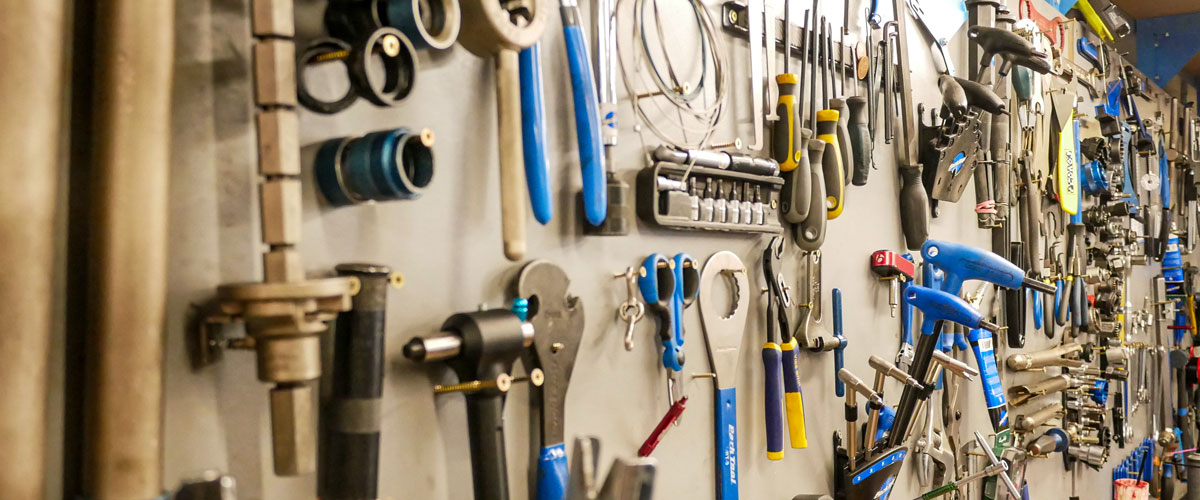
Spring Cleaning: Post-Winter Bike Maintenance
The weather is slowly but surely starting to improve, the temperature is rising and the days are getting longer – you know what that means: Spring is here! The UK winter can be pretty hard on our bikes, whether it’s grit, salt or sand, it’s time for a spring clean. We’ve compiled a checklist with our top post-winter bike maintenance tips to get your steed up and running again in no time.
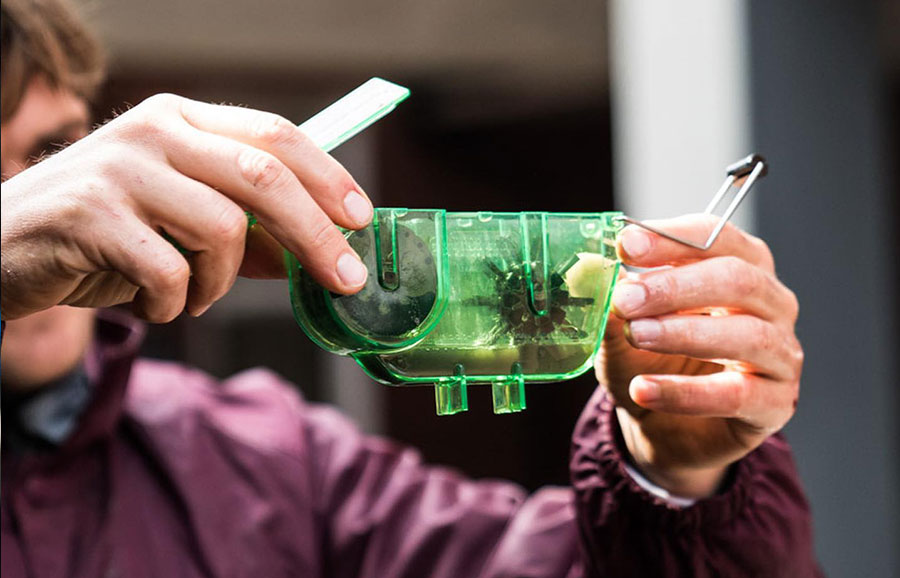
Give It A Wash
If your bike has been sitting gathering dust, still wearing the grime from the last time you took it out, it’s worth giving it a scrub before diving into the finer details.
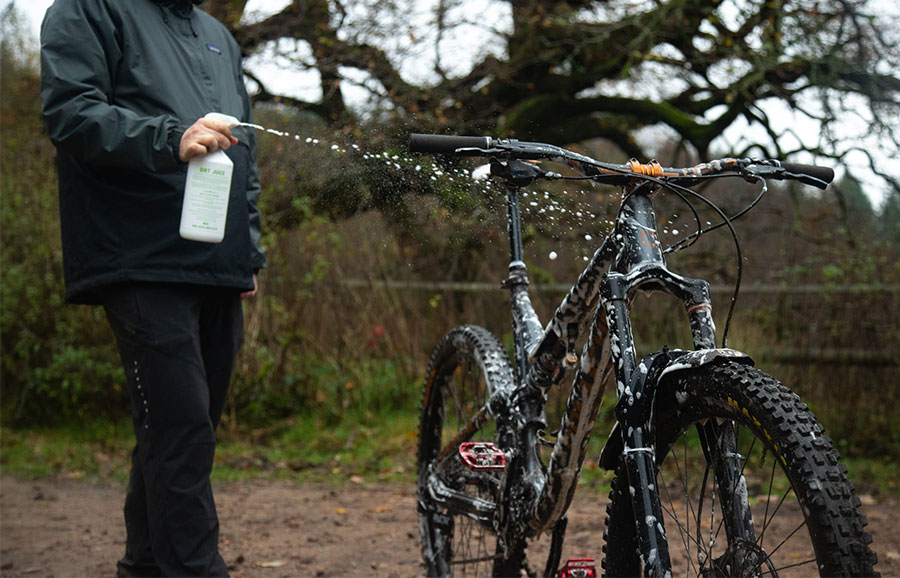
It doesn’t need to be too in-depth at first, a bucket of water and a couple of sponges will do the trick (if using a hose, be gentle around the bearings!). Paired with a good bike cleaning solution like the Juice Lubes Dirt Juice to loosen up any stubborn dirt, removing the grime is simple and easy, leaving the frame and components looking like new.
Tyres
Winter roads – especially around our way – are rife with flint and grit, which can take its toll on your tyres after a solid off-season of riding. Cuts and holes are a recipe for surprise punctures, so it’s worth completely removing the tyres and giving them a thorough inspection, checking for imperfections and removing any debris.
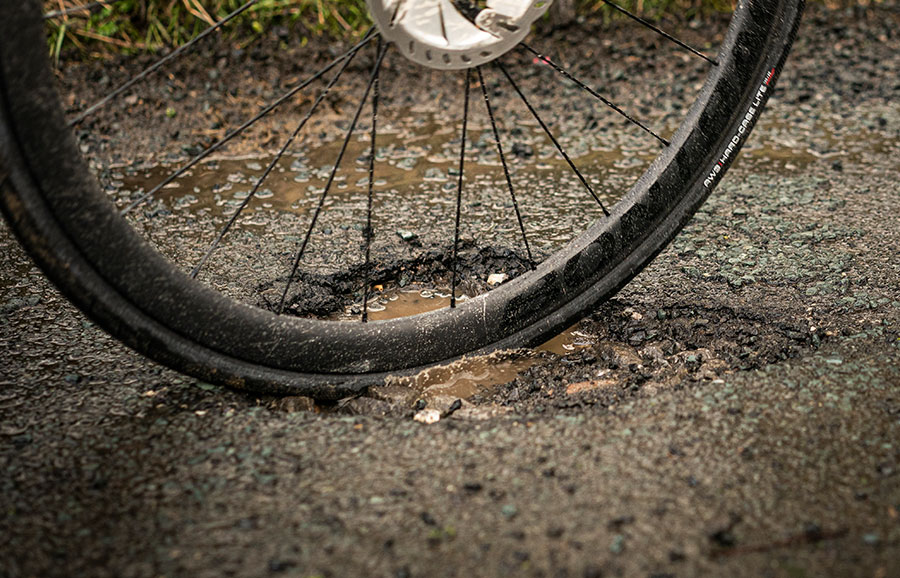
As well as checking the inside, it’s also worth giving the tread a look over. Worn out tread will not only increase your chances of puncture, but could cause traction issues out on the road, especially under hard braking. If the tread is okay, patching up minor cuts from the inside might do the trick, rather than replacing the tyre entirely – if not, we’d recommend acquiring some new rubber.
When it comes to tubeless setups, your main priority is to check sealant levels so that it’ll work as intended. As a neat hack, use a zip tie as a dip stick through the valve to give you an indication of how much is left.
Brakes
The importance of operational brakes goes without saying, so it’s worth spending some time checking that they’re working properly.
Are your brakes feeling a bit squishy or stiff? If you’re using rim brakes or mechanical discs, you’ll find that the cables will slowly deteriorate over time, only accelerated by spray from salty roads and even sweat when on the indoor trainer. You’ll be amazed at how much of a difference a fresh set of cables will make to the feel of your bike, restoring the smooth and modulating brakes that you once had.
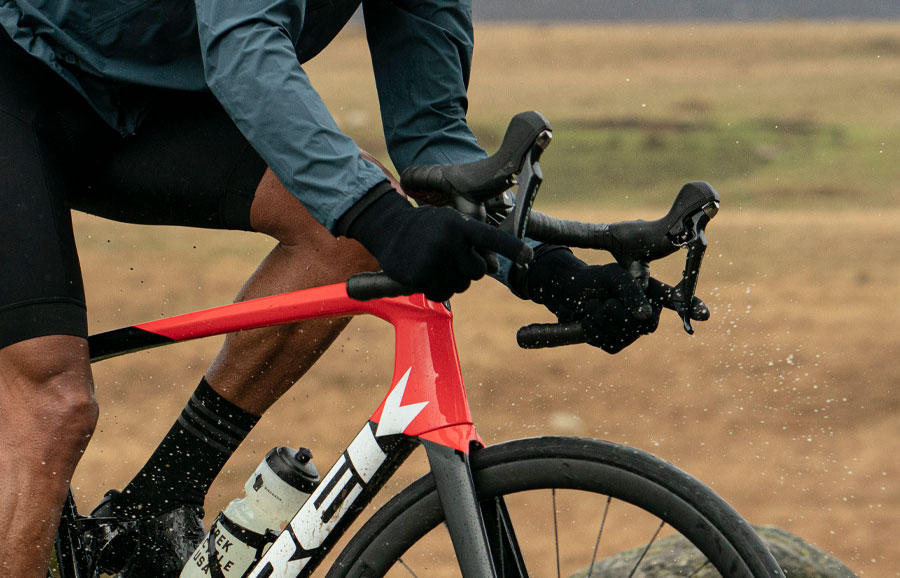
If you’re running a hydraulic disc brake setup, the symptoms are very much the same. If your brakes are feeling squishy or the lever pull is too far, whilst in some cases fitting some fresh pads may do the trick, chances are you’ll need a rebleed. Bleeding brakes is one of those jobs that can have a bit of a knack to it and require a few specific tools, if you’re not confident giving it a go yourself, book yourself in to our workshop and leave the work to an experienced mechanic.
Whatever your setup, checking your brake pad wear is crucial. Most rim brake pads will have a visible wear line indicating when it’s time to swap them out, and leaving them past this point will of course compromise your braking performance. For disc brake pads, removing them is the best way to check for wear but you can get a rough idea by taking a closer look at them in the caliper. Anything less than a millimetre and it’s time to think about replacing them to avoid wearing down to the metal backing. This would not only hinder braking, but also potentially let air into the hydraulic system, therefore requiring a bleed.
Drivetrain
There’s nothing worse than noisy, clunky gears, and winter conditions are a recipe for just that. Running through a chain, cassette and chainrings can run up a big bill, which is why checking the wear on your drivetrain, even throughout the winter, will save your wallet from heartache.
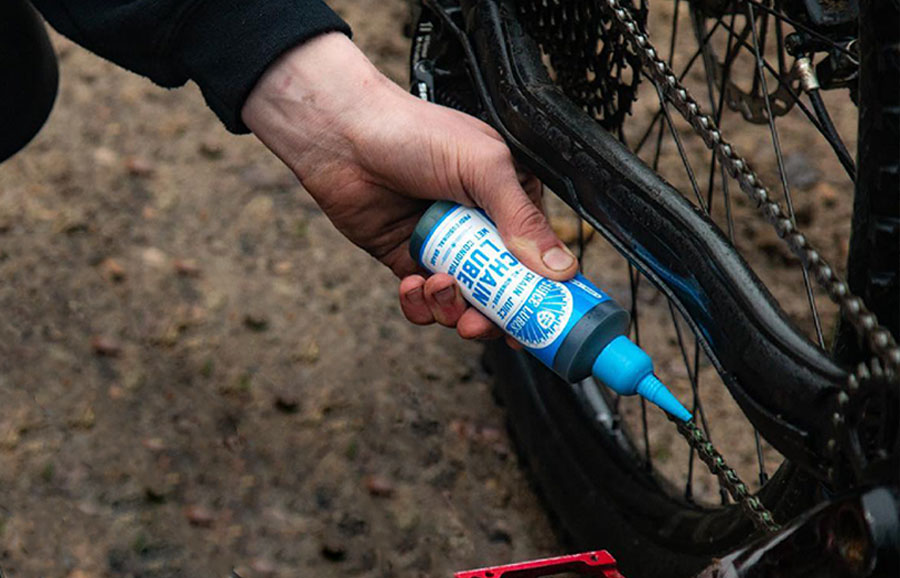
Chain checkers are a simple bit of kit, but make checking for wear a piece of cake. On 11/12-speed drivetrains, anything less than 0.5 and you’re good to go, but if the checker slots in at 0.5 it’s best to replace the chain to reduce further wear. If the checker slots in at 0.75 then the cassette will likely need to be replaced too, and it’s worth checking the chainrings if that’s the case. If these numbers are sounding a bit complicated, once you’ve got the tool in your hands it’ll all make sense (top tip: measure at several different points on the chain, as wear does not occur evenly throughout).
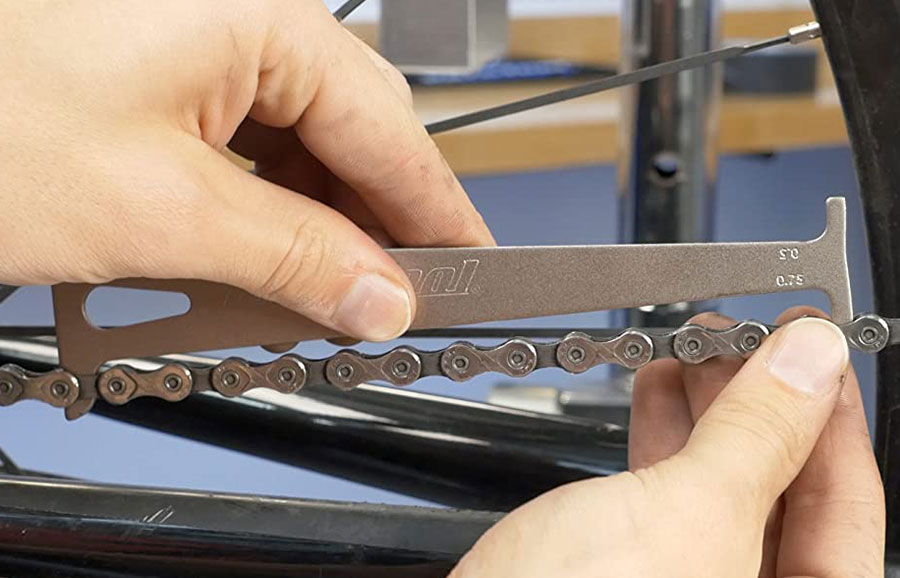
It’s all well and good having fresh components, but if they’re not set up correctly then your shifting will be far from perfect. Throw in a fresh set of gear cables and tune up (running an electronic groupset? Skip this step!). If you aren’t confident tuning up your gears, book in with our workshop and we’ll get them running like a dream!
Suspension Fork
Taking care of your suspension forks will enhance your experience on your MTB, allowing you to attack the trail features with confidence, whilst saving you a whole load of cash by avoiding any big maintenance or replacement bills.
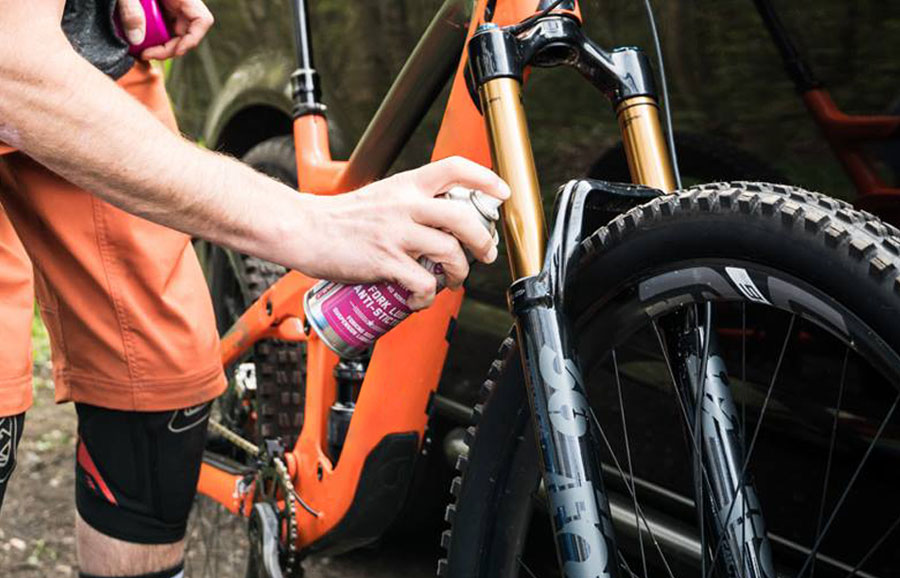
As with most bike parts, cleaning and lubrication goes a long way for the longevity of your lowers. Doing so protects the seals and bushings, preventing scratches on your stanchion tubes that can be particularly pricey to replace. Look out for any dryness on the stanchions or knocking on the upper and lower leg, and avoid riding if you’ve detected any excessive movement to stop further damage. If in doubt, book your bike into our workshop for a lower service.
Bearings
Bearings on your bike take a beating during the winter months as a result of road vibrations and grime from the road. If you’ve got a stiff headset or there’s play in your wheels or cranks, you’ll probably need a fresh set of bearings.
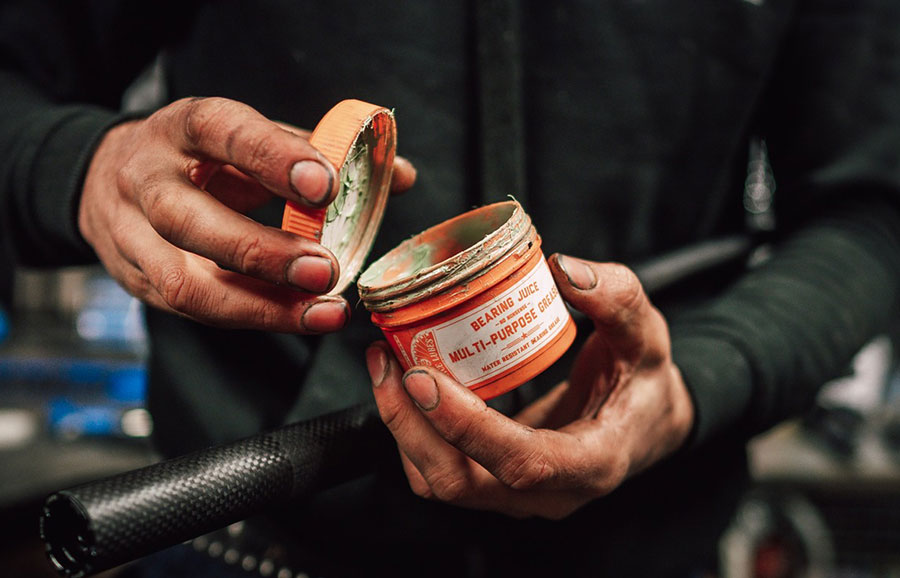
While regreasing can remedy some issues, replacing your bearings entirely should last you through the summer and save the hassle of repeated maintenance throughout the year. When it comes to greasing or replacing bearings, the technique or parts can vary hugely from brand to brand – to save yourself the frustration, come and see us in the workshop and we’ll sort things out for you.
Nuts & Bolts
It’s an area that is easily overlooked, but there are lots of nuts and bolts throughout your bike and, much like the bearings, these are subject to road vibrations and exposed to all kinds of conditions. To head off any accidental bottle-cage escapes – or worse – give them all a once over, taking care to stick to the manufacturer’s recommended torque values.
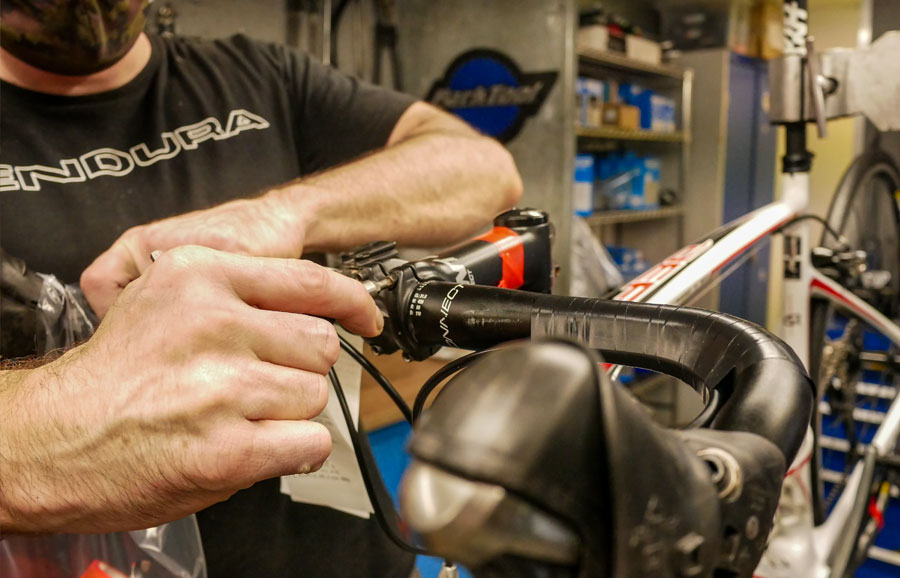
Pedals/Cleats
Pedals and cleats are a key contact point on the bike, and will make a big difference to your experience if they’re slightly off.
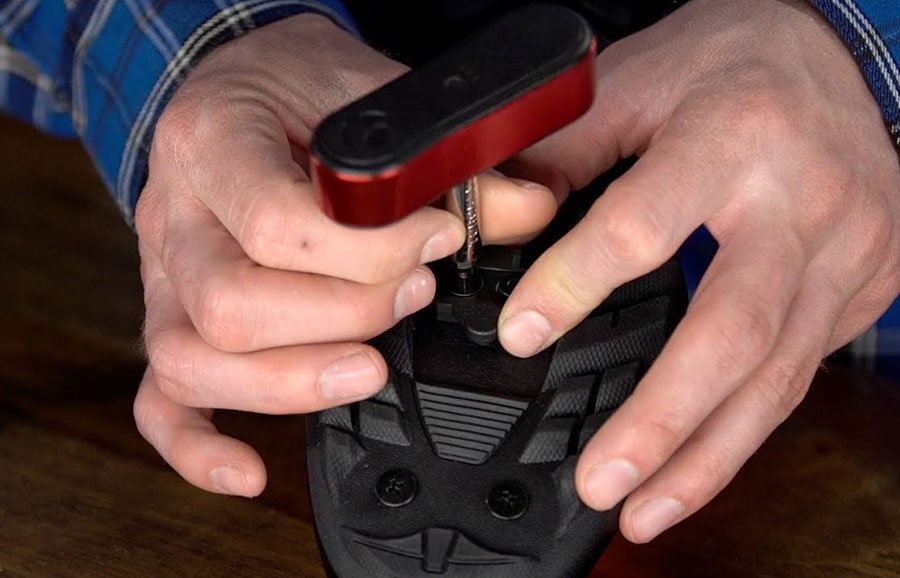
If there’s any significant play in the pedals, either regreasing or replacing the bearings should remedy the issue. Also replacing your cleats is a cheap and easy way to improve the feel of your bike, you’ll be surprised at how much of a difference it makes! Match the position of your old cleats by marking them out with some masking tape.
Book A Service
Bike maintenance can be a time-consuming and complicated process, so fitting it in around a busy life can be easier said than done. To save yourself the time and hassle, book your bike in with our experienced and trained mechanics contact us here or give one of our branches a call.
Farnham
01252 448836
Petersfield
01730 263370
Walton on Thames
01932 221424
